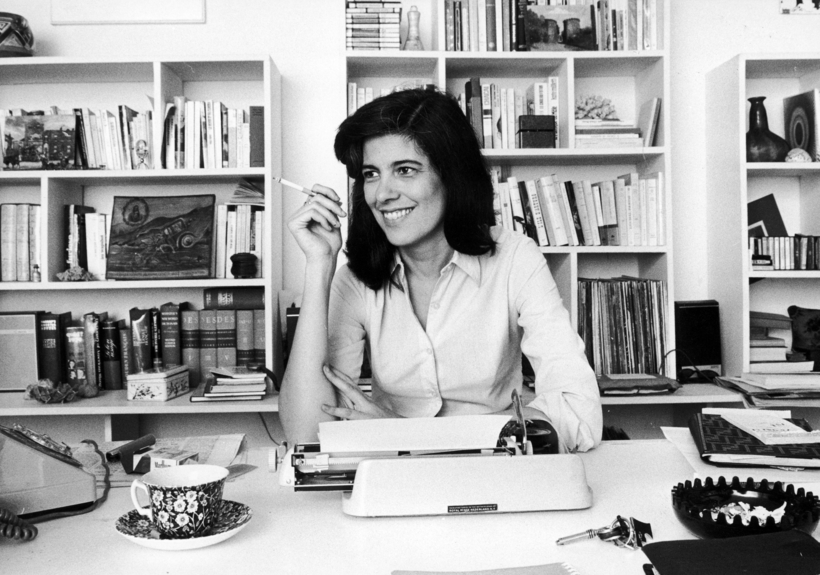Every researcher is looking for surprises—but the more research you do, the more you learn the secret of surprises. If you’re well-enough acquainted with your subject, you know in advance what those surprises are going to be. Once you’ve assembled A, B, C, and E, you know that D is out there somewhere. The surprise is whether, and where, and how you’re going to find it.
I was the first person allowed into Susan Sontag’s secret archives. These are kept at U.C.L.A., and will be restricted for decades. They contain, among other things, private writings not included in the published versions of her diaries. And so many of her writings, public and private, were lists. So was her most famous essay “Notes on ‘Camp,’” which consisted of 58 numbered theses on a sensibility called “Camp.” In it, Sontag patiently explains why Cocteau is camp but not Gide; Strauss but not Wagner. Caravaggio and “much of Mozart” are grouped, in her ranking, with Jayne Mansfield and Bette Davis. John Ruskin effortlessly sidles up alongside Mae West.
In “Camp,” Sontag patiently explains why Caravaggio and “much of Mozart” are grouped with Jayne Mansfield and Bette Davis.
The essay was less published than it was, like Martin Luther’s 95 theses, nailed to the cathedral door. The cathedral was Partisan Review, a magazine whose small but fervent readership made up the American intellectual elite: “A New York intellectual was one who wrote for, edited, or read Partisan Review.” It was a bastion of high seriousness and high culture, and for many of its more traditionally minded readers, the appearance of an essay like this, in a place like this, was a scandal. It became all the more so when “Notes on ‘Camp’” wandered out of the rarefied precincts of Partisan Review and started being written about in popular magazines. It made Sontag famous.

It was a great essay, but why had it been so scandalous? The archives were bursting with letter after indignant letter. One, sent to The New York Times, thundered that “if the concept of Camp is to be allowed to enter the mainstream of our cultural life … our society is headed for a moral collapse unlike anything we’ve ever seen.” I had my suspicions about what this person was upset about. And I was also pretty sure why Sontag herself, in later years, all but disavowed the essay, hardly able to disguise her boredom and displeasure whenever admirers brought it up. After all, she had always been conflicted about its subject. In the first publication of the essay, she wrote: “I am strongly drawn to Camp, and almost as strongly frustrated by it.” She sharpened this in the version she published in book form: “Almost as strongly offended by it.”
Sontag all but disavowed the essay, hardly able to disguise her boredom and displeasure with it.
I knew there had to be a list somewhere. And I was pretty sure what it would be about. Few readers, those who loved it as well as those who hated it, missed the real subject of the essay—that is why it struck a nerve. It was a subject that, in 1964, was far more scandalous than it would later become. One day, when I was paging through some routine annotations and clippings, I found the long list I knew must have existed. It dated from nearly a decade before the published essay, showing just how long she had been pondering the subject. Its title? “Notes on Homosexuality.”
Benjamin Moser is the author of Why This World: A Biography of Clarice Lispector. Sontag: Her Life and Work is out September 17 from Ecco.

